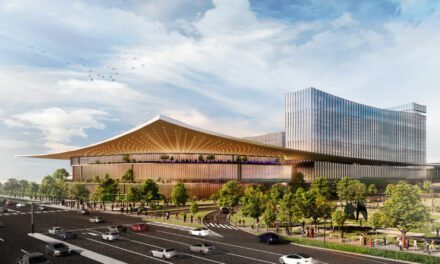Long Island’s policymakers are betting on an uncertain future – one we may never see.
With the increased pressure to build transit-oriented developments around Long Island’s train stations we are building to accommodate the demand that will be created by the MTA’s Long Island Rail Road Third Track project.
However, that future growth and ridership may never come.
The concept of TOD centers around creation of mixed-use development near transit nodes (train stations, bus stops, etc.). From a planning standpoint, this is a valid practice that puts growth where it belongs, instead of feeding the ever-growing suburban sprawl machine. TOD is much lauded because it’s a development technique that for the most part, makes most people happy, thus it can be successfully constructed on Long Island.
While TOD was a piece of the first Nassau-Suffolk Comprehensive Plan, decades later it’s been justified to combat the ever-popular brain drain theory that pervades any development argument in the region. Now, TOD is slowly changing from a brain-drain plug to complement the much-heralded LIRR Third Track project. The third track, according to the MTA, “provides for a much-needed third track in a critical 10-mile stretch between Floral Park and Hicksville.”
We’re building frantically in anticipation of the perceived ridership demand of this project, without any idea of when it will even be built, if at all. We have it backwards.
Projects such as the Ronkonkoma Hub, Wyandanch Rising and most recently, East Farmingdale, cite future transit expansions as justification for their increases in density, yet there has been little to no steps taken by the MTA toward implementation of these initiatives. The projects themselves aren’t troubling, but rather the blind faith policymakers are putting into infrastructure expansions that simply may never come.
With Long Island’s ever-increasing economic stagnation, it’s understandable why so-called economic development is vigorously pursued. However, oversaturating the region with offices, retail and residential development is not a viable solution to our economic troubles.
As it currently stands, Long Island has a surplus of retail and commercial office spaces, and besides the nebulous future of these large-scale public works projects, the impacts on ridership and office demand are hazy as well.
Let’s stop planning on hopes, and start basing our growth strategies on something more concrete: data.
Why wouldn’t we understand our region’s needs before attempting to fulfill them?










